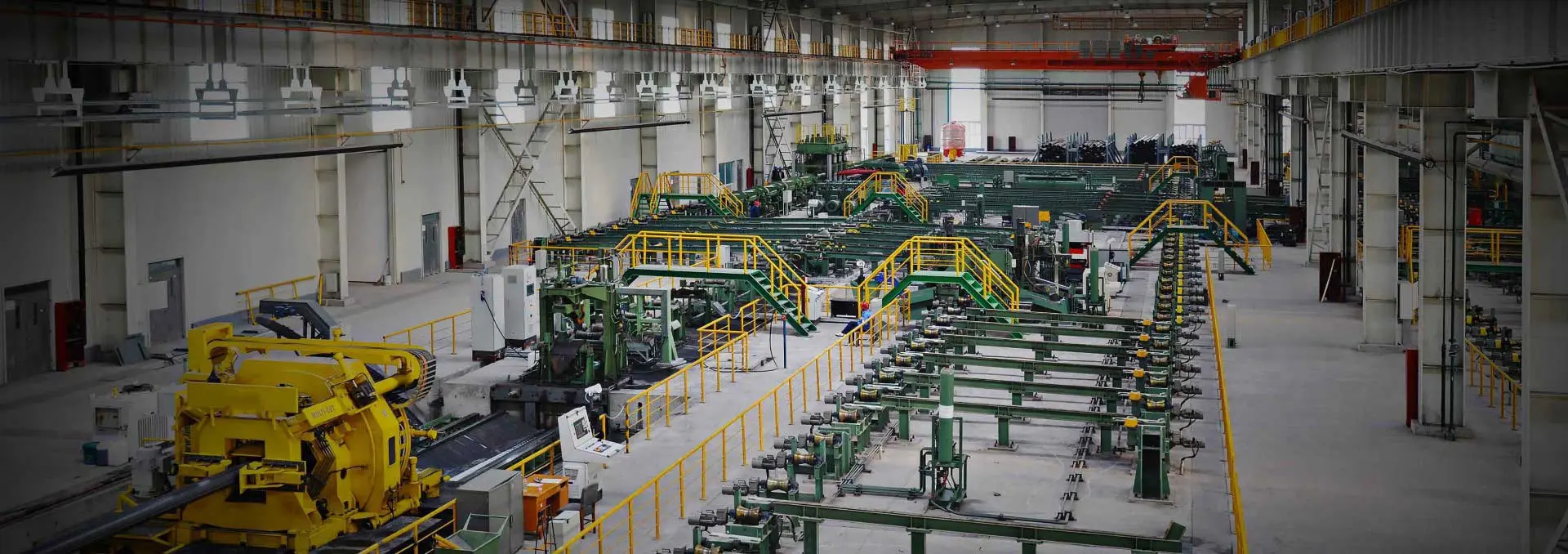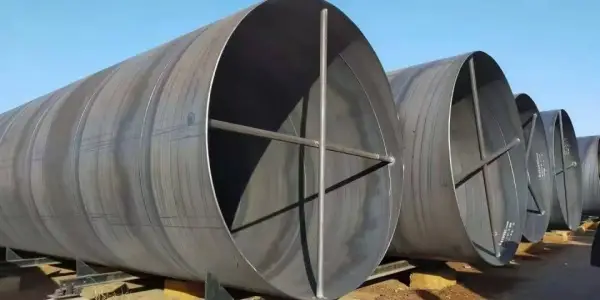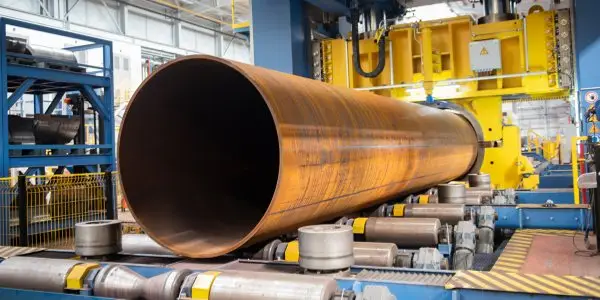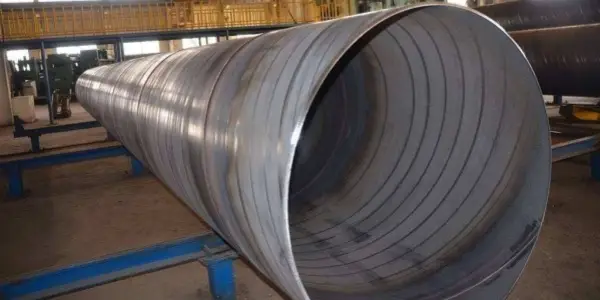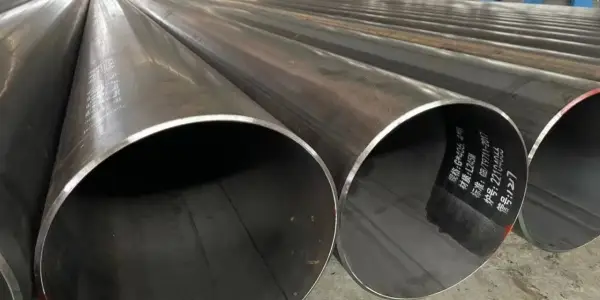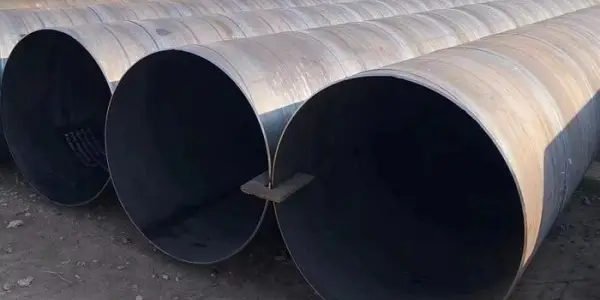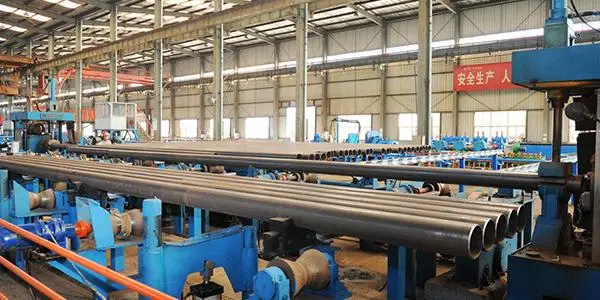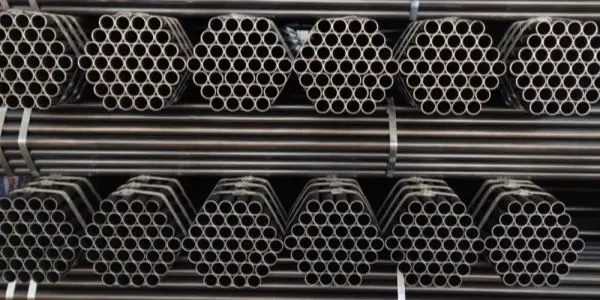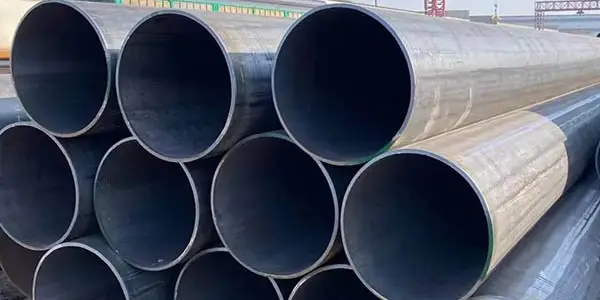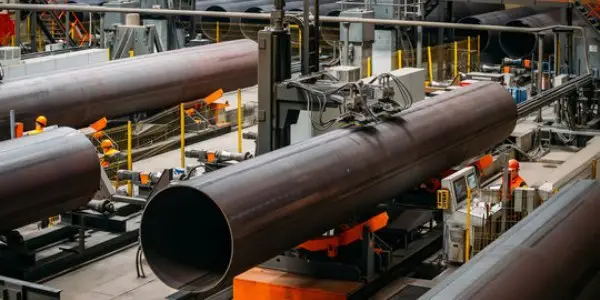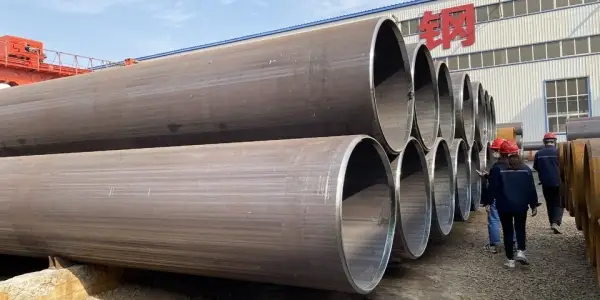-
Future trends of SSAW steel pipe
In modern industry, SSAW steel pipes have gained significant attention due to their unique manufacturing processes and diverse application scenarios. As a crucial metal product, spiral welded steel pipes exhibit excellent strength and toughness, playing a central role in various engineering projects. This article explores the future development directions of spiral steel pipes, providing readers with a comprehensive understanding.
Read More
-
Cooling process of Large diameter LSAW welded pipe
The cooling process of large-diameter LSAW (Longitudinal Submerged Arc Welding) welded pipes involves several factors that influence the magnitude of tissue stress. These factors include the cooling rate, shape, and chemical composition of the workpiece, particularly in the martensitic transformation zone.
Read More
-
Comparison of single-sided and double-sided welding of SSAW steel pipe
The production process of SSAW (Spiral Submerged Arc Welding) steel pipes influences the quality of welds in single-side and double-side welding through various factors, including welding current, welding speed, number of welding layers, electrode type, and electrode diameter. Here’s a detailed look at these factors.
Read More
-
Quality inspection process of ERW steel pipe
The quality inspection process of ERW steel pipes involves several stages, including online non-destructive testing, metallographic examination, flattening and flaring destructive tests, and hydraulic tests. The detailed steps are as follows.
Read More
-
How to avoid the wear of SSAW steel pipe during transportation?
Damage to spiral steel pipes during loading and unloading is inevitable, but certain measures can minimize it and ensure the integrity of the pipes. Here are the recommended steps.
Read More
-
ERW steel pipe production machine
Electric Resistance Welding (ERW) steel pipe production machines are specialized equipment used for manufacturing steel pipes through a welding process that uses electrical resistance to generate heat. This method is efficient and produces high-quality pipes suitable for various applications. Here’s an overview of the ERW steel pipe production process and the machines involved.
Read More
-
How to weld ERW steel pipe in winter?
Welding ERW steel pipes in winter requires special precautions to ensure quality and prevent defects due to cold temperatures. Follow these steps for optimal results.
Read More
-
How to guarantee the quality of ERW carbon steel pipe?
ERW carbon steel pipes are known for their efficient manufacturing process and high-quality output. However, maintaining and guaranteeing the quality of these pipes requires attention to several key factors and processes. Here's a comprehensive guide on how to ensure the quality of ERW carbon steel pipes.
Read More
-
LSAW steel pipe welding machine
The LSAW steel pipe welding machine, also known as a straight seam pipe automatic welding machine or longitudinal seam automatic welding machine, is a type of automatic welding equipment designed for linear welds on workpieces. This machine automates and mechanizes the welding process, significantly improving production efficiency and welding quality, reducing labor costs, and enhancing the working environment for welders. Below is a detailed classification of LSAW steel pipe welding machines.
Read More
-
Weld treatment of LSAW steel pipe
The manufacturing process of LSAW steel pipes involves forming a steel strip into a pipe through a series of precise steps to ensure high-quality welds. This process requires meticulous attention to detail, especially in the treatment of the weld to ensure the pipe's structural integrity and performance.
Read More

 English
English Español
Español




 Tel : +86-18565811709
Tel : +86-18565811709 Email :
Email : 